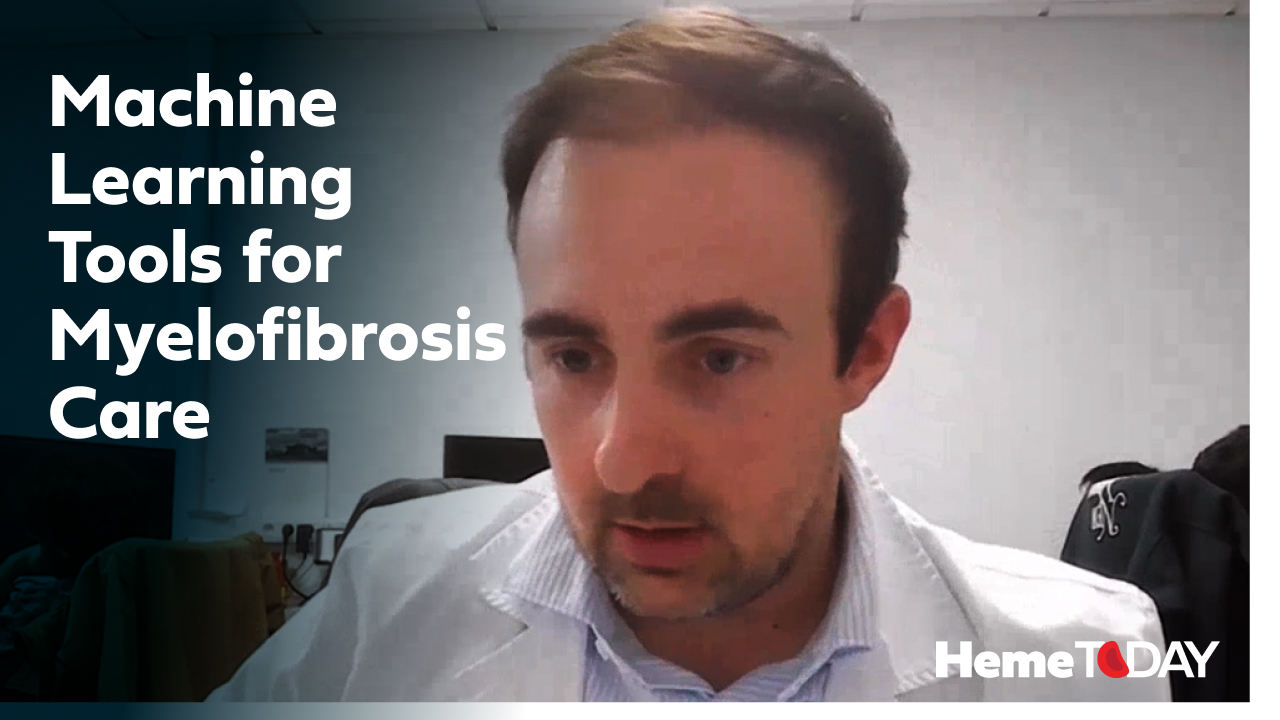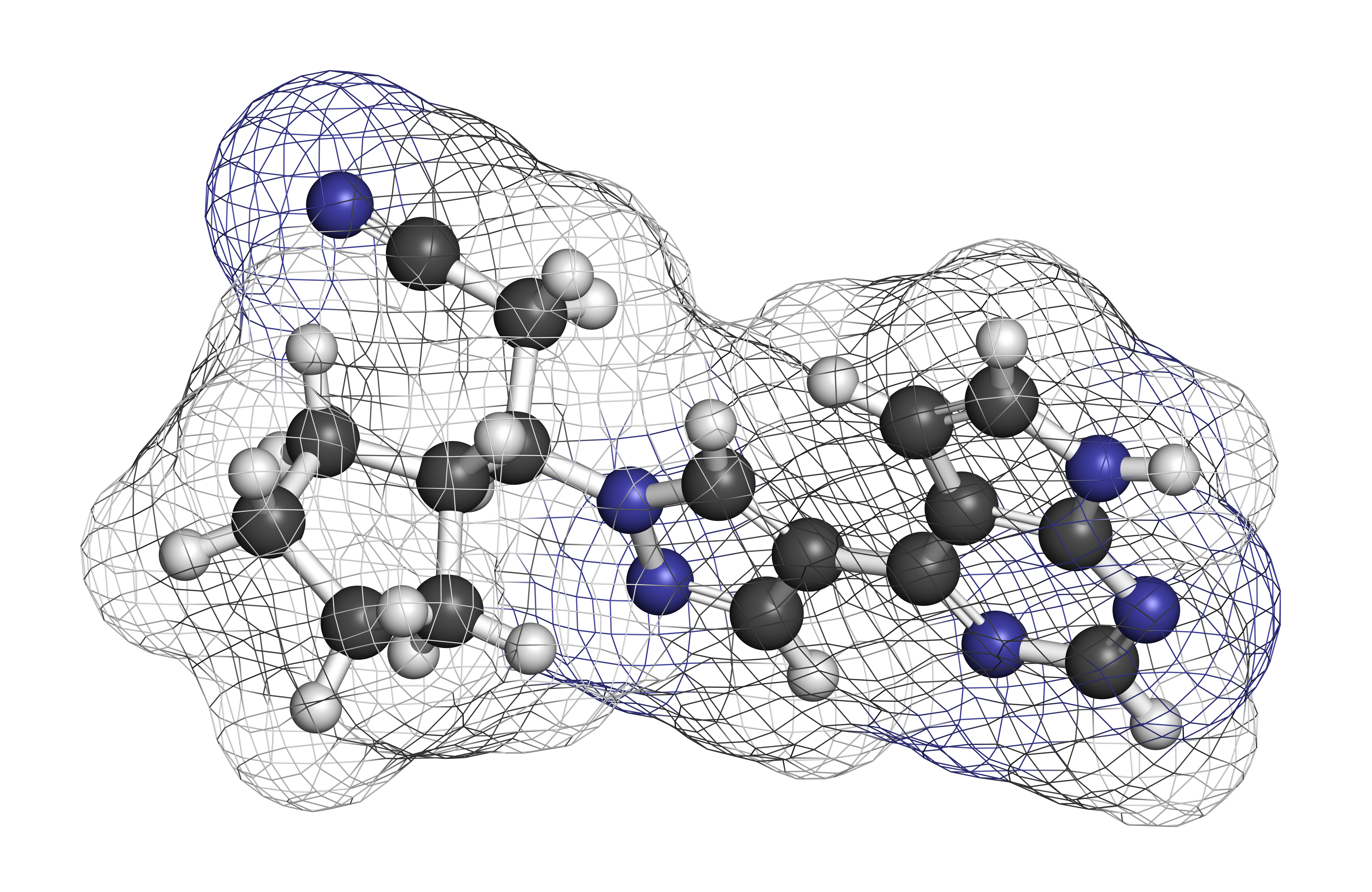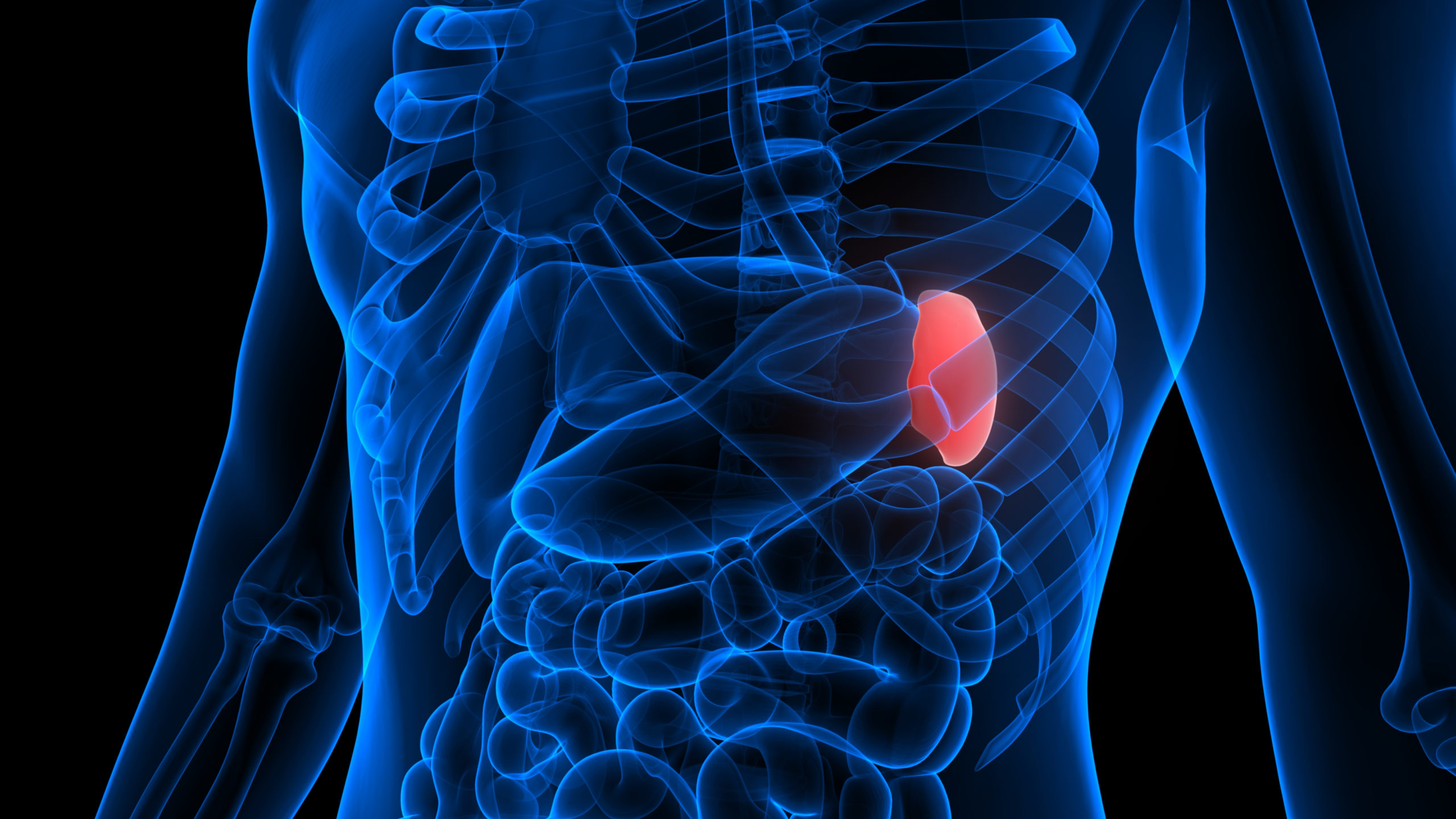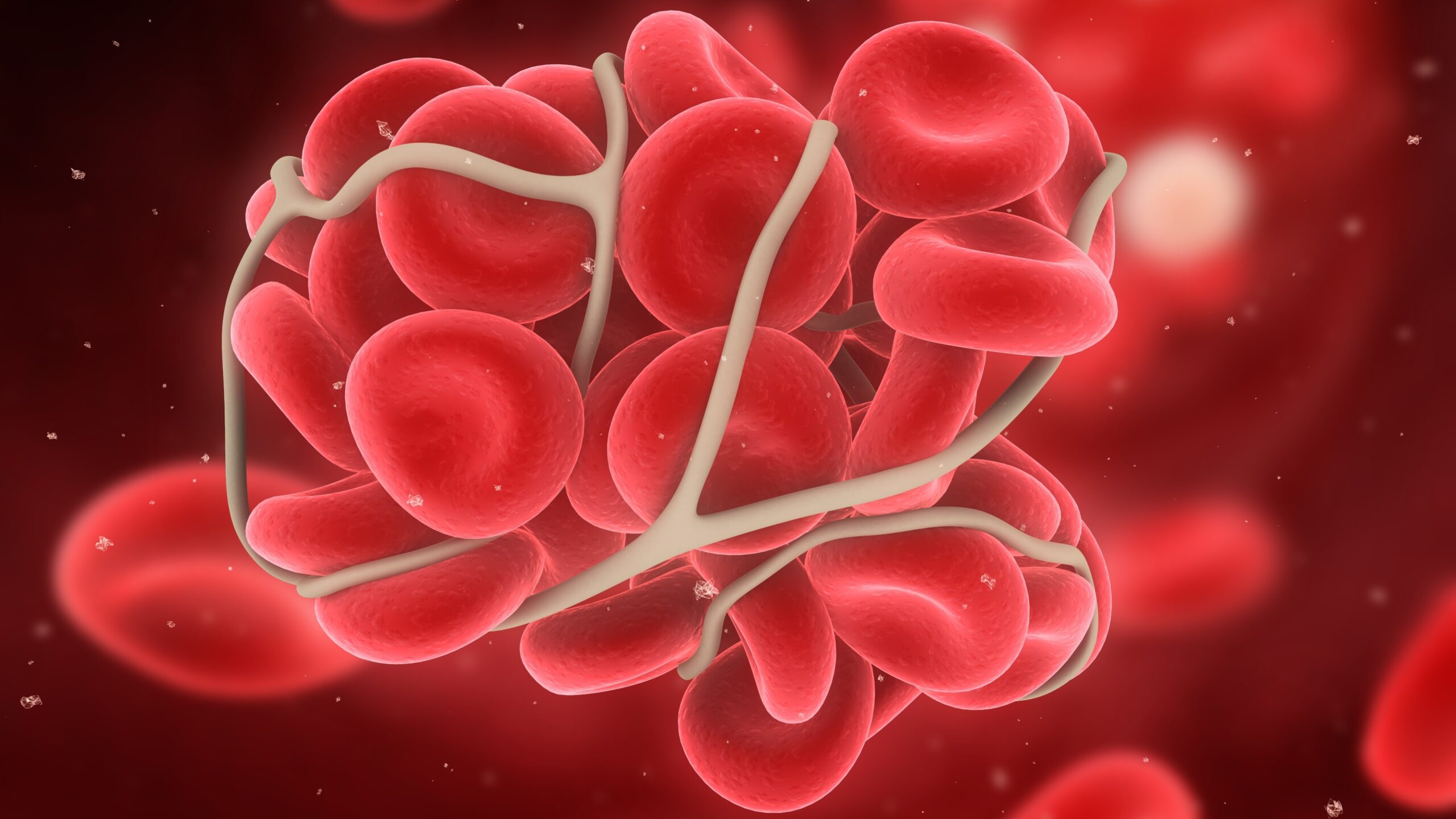Gabriela Hobbs, MD, Discusses Updated Data on Ruxolitinib Use During, After Transplant
By Patrick Daly - Last Updated: February 16, 2024Dr. Hobbs from the Massachusetts General Hospital in Boston, spoke with Heme Today to share results from a phase II trial investigating ruxolitinib use prior to, during, and after hematopoietic stem cell transplantation (HSCT) in patients with myelofibrosis (MF).
Notably, Janus kinase (JAK) inhibitors like ruxolitinib are only approved prior to HSCT, and treatment is often discontinued in the period leading up to the transplantation.
“However, when patients stop their JAK inhibitors before they go to transplant and while the transplant is taking effect, which can take several months, patients can experience a rapid return of symptoms and splenomegaly,” noted Dr. Hobbs.
As a result, many physicians restart ruxolitinib off-label after transplantation to manage these symptoms, according to Dr. Hobbs. She also stated that while ruxolitinib is approved for steroid-refractory graft-versus-host disease (GVHD), it’s not usually utilized before patients develop GVHD.
“Therefore, we wanted to study if giving ruxolitinib during the transplant and after would help several things: prevent those symptoms from coming back, prevent splenomegaly from occurring again, and, by also mitigating graft-versus-host disease, hopefully improve the outcomes of our patients,” Dr. Hobbs explained.
The primary endpoint was the rate of one-year GVHD-free, relapse-free survival (GRFS), and additional endpoints included overall survival, progression-free survival, engraftment, incidence of acute and chronic GVHD, and tolerability.
“We saw that the one-year GRFS was 74% with a one-year overall survival of 86%, a one-year progression free survival of 79%, and nonrelapse mortality and disease relapse rates of 10% each. We were pretty excited about that,” said Dr. Hobbs.
The cumulative incidence of grade 3 and 4 acute GVHD at six months was only 2.4%, and only one patient had grade 4 acute GHVD.
“Also, importantly, at one year the rate of moderate or severe chronic [GVHD] was 11%, which again was pretty low compared to historical controls,” added Dr. Hobbs.
Overall, Dr. Hobbs and colleagues felt their findings demonstrate the safety and feasibility of continuing ruxolitinib during and after HSCT in a patient with MF.







 © 2025 Mashup Media, LLC, a Formedics Property. All Rights Reserved.
© 2025 Mashup Media, LLC, a Formedics Property. All Rights Reserved.